Electrical Installation Lab Products
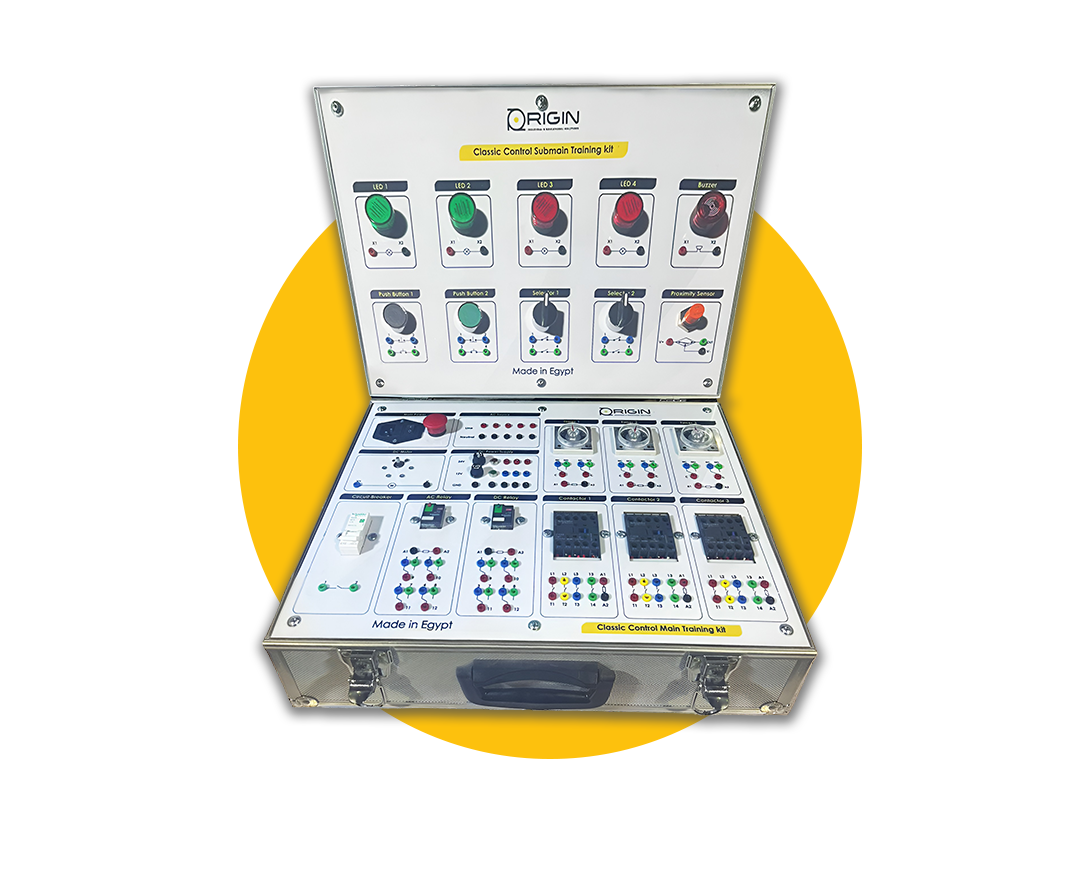
Portable Classic control
Code : (EI-11)
The trainer comprises of two primary units joined to supply power to the second component from the main control unit via a cable.
The first component is the operational and control unit containing all traditional control elements, while the other component showcases a smaller-scale industrial application encompassing a closed-loop process for controlling water level and pressure within a tank.
• Analyzing the role of traditional control elements.
• Understanding how classic control components are wired electrically.
• Distinguish between a single-phase and a three-phase connection.
• Circuit for controlling the operation of a motor.
• Control system for motor functioning with excess load.
• Operate and manage a motor with pushbuttons and LEDs.
• Operating and managing a motor from two separate locations.
• The control circuit for changing the motor's rotation direction.
• Two motors have power and control circuits, with one motor only running when the other is already running.
• The power and control circuits for two motors are designed so that one motor can only run when the other is turned off.
• Inverter used to control motor speed in control circuit.
• Using a digital pulse meter to measure speed.
• Digital counter controlling limit switch's circuit.
• Regulating liquid pressure and flow with pressure switch, level sensors, pump, and various valves.
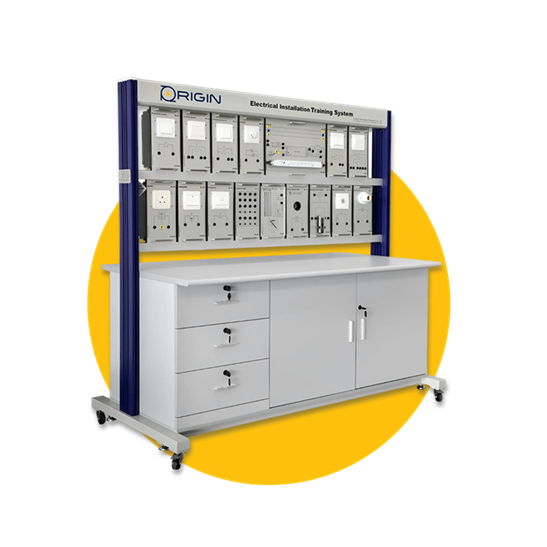
Fire alarm
Code : (EI-12)
This set contains different components that can be combined, paired, and installed on the electrical infrastructure frame.
Trainees can build and explore fire protection systems by utilizing these components.
They will also gain knowledge about the wiring needed to establish these circuits, ensuring that the training is applicable to real-world situations.
- Running a drill to evacuate with NACs turned off
- Deactivating zones using the control panel interface
- Conducting zone tests with NACs turned on
- Modifying the detector reset time to prevent false alarms
- Enabling the relay out terminal for zone 2 in a pre-alarm (alert) state
- Adjusting the pre-alarm time for zone 1 and zone 2 before triggering an alarm
- Setting distinct patterns to differentiate between pre-alarm and alarm sirens
- Transmitting a remote signal to indicate a "fault condition" within the control panel
- Sending a remote signal to notify the loss of backup power supply by the control panel
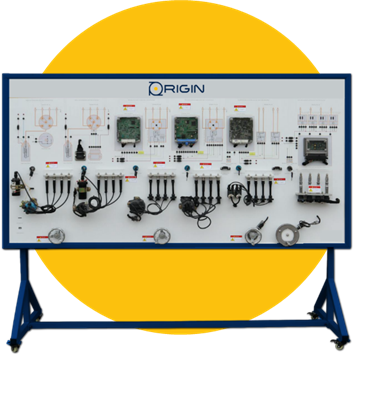
Antitheft training unit
Code : (EI-13)
The kit contains different modules that can be combined, paired, and attached to the electrical installation frame.
Trainees can build and examine intruder protection systems by utilizing these modules.
Additionally, they will gain knowledge of the wiring needed to establish these circuits, ensuring that the training is applicable to real-world scenarios.
- Conducting a walk test
- Configuring a zone as an "entry/exit zone" and setting entry and exit times
- Designating a zone as an "inhibited entry zone"
- How does the control panel respond to activity in an "inhibited entry zone" when another zone is set as an "entry/exit zone"?
- Configuring a zone as a "fire zone" on the control panel
- Adjusting the silence time and making the relay out terminal of zone 1 non silenceable
- Arming the control panel using an external push button - Disarming and resetting the control panel using a push button
- Completely disabling a zone
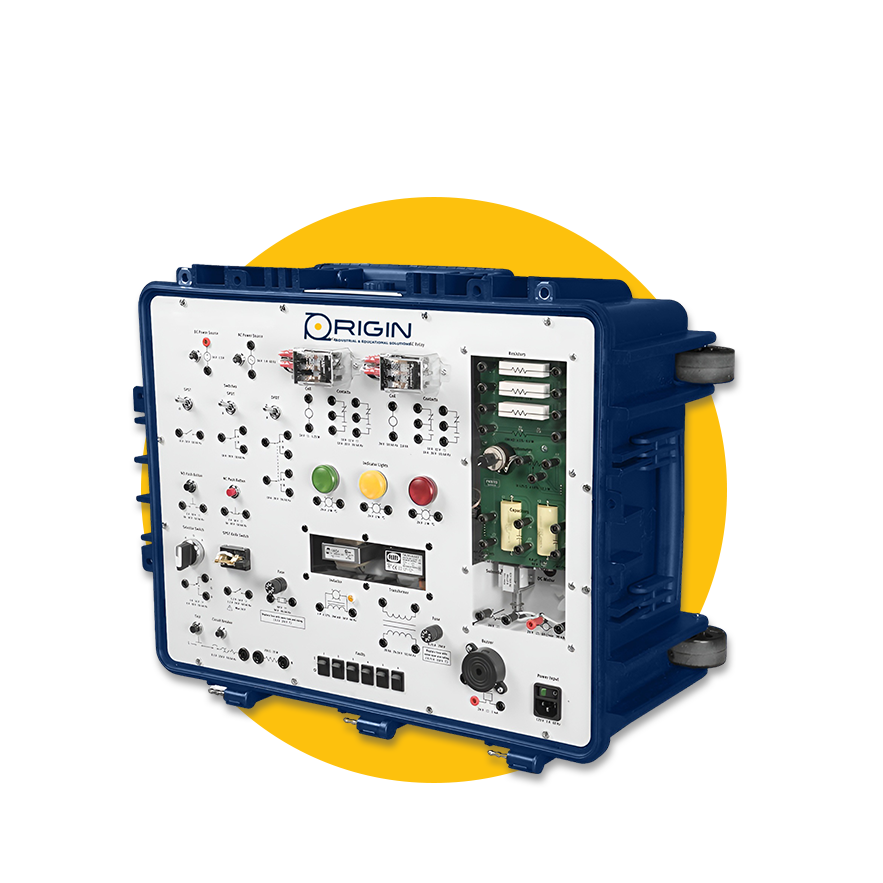
Electric relay control
Code : (EI-14)
The training system for electrical relay control is created to assist learners in understanding the fundamental concepts of traditional control.
Trainees can examine the power circuit, control circuit, and pneumatic cylinders with limit switches in the 3-phase AC motor.
• Direct online circuit for 3-phase induction motor.
• Control for forward and reverse of 3-phase induction motor.
• Connection for star of 3-phase induction motor.
• Connection for delta of 3-phase induction motor.
• Control for single-acting cylinder.
• Control for double-acting cylinder.
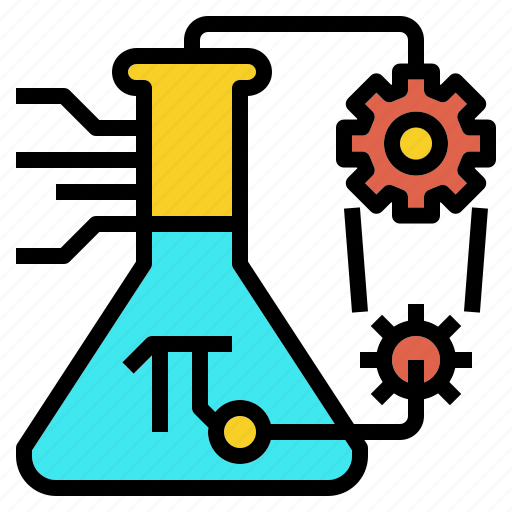
KNX lighting/security
Code : (EI-15)
The (EI-15) unit, known as the KNX/EIB Security Control Application, has been created to provide users with a comprehensive understanding of the key KNX components utilized in security alarm control systems using KNX technology.
Its aim is to offer students a thorough theoretical and practical education in the installation and programming of crucial KNX elements specific to security alarm control devices, including sensors, actuators, and more.
• Exploration of the foundational principles of a KNX installation bus.
• Configuration of smart switches for ON/OFF functionality to illustrate KNX switching procedures.
• Implementation of programming for controlling the security system through switches.
• Investigation of the preparation and installation techniques for a KNX project.
• Integration of traditional switches into a KNX/EIB project.
• Setting up the equivalent circuit for three-way switching through programming.
• Creation of intricate logics using binary inputs and outputs.
• Establishment of an extensive security network with multiple units featuring binary inputs and outputs.
• Customization of the touch panel to align with different scenes.
• Expansion of a bus system using a single-line topology.
• Configuration of multiple alarms for system protection.
• Setting up a fire sensor to detect fire in a room.
• Programming of smoke detectors for comprehensive fire protection.
• Establishment of flood protection through programming.
• Examination of the functionality of an infrared barrier security system.
• Review of protection against intruders using motion sensors.
• Verification of the room's status using the touch panel.
• Programming of a siren alarm to alert about an event.
• Configuration of complete entrance protection with door and bolt sensors.
• Notification of broken glass incidents.
• Monitoring the state of the windows.
• Implementation of proximity sensors for distance protection.
• Utilization of magnetic cards for access control.
• Programming of the magnetic reader for card recognition.
• Setup of fingerprint recognition systems.
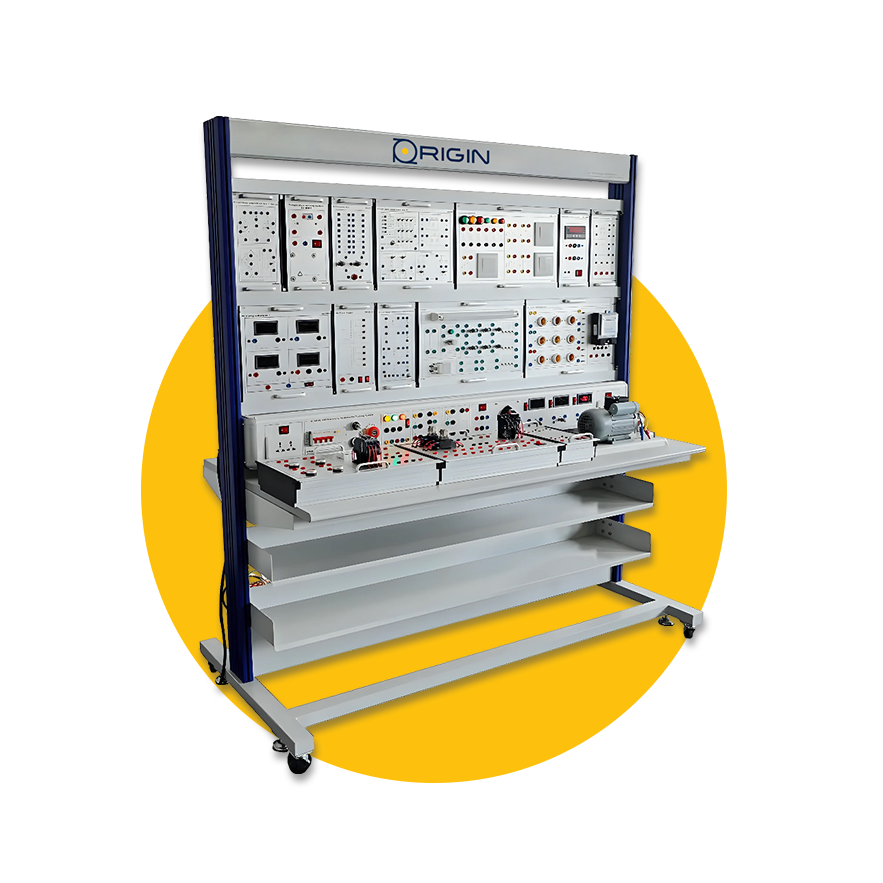
Multi stage classic control
Code : (EI-16)
The main purpose of the classic control trainer is to demonstrate the concept of industrial automation using classic control components.
It consists of two main units:
the system control unit, which includes industrial classic control components, powering and measuring devices, digital displays, and three motors to be controlled, and an experimental module featuring an industrial automation application with a centrifugal pump and 2 water tanks.
Trainees can connect the modules for experimentation using safety connecting cables.
The modular system adds flexibility, making it easier and more practical to construct classic control circuits for various applications by using only the necessary modules.
• Exploring the function of traditional control elements.
• Grasping the electrical linkages of classic control components.
• Distinguishing between single-phase and three-phase connections.
• Understanding the control circuit for motor operation.
• Understanding the motor control circuit with overload protection.
• Energizing and regulating a motor using pushbuttons and LEDs.
• Empowering and controlling a motor from two separate locations.
• Reversing the direction of rotation for a motor through control circuits.
• Powering and controlling two motors in such a way that one operates only when the other is already running.
• Powering and controlling two motors in a manner that one operates when the other is turned off.
• Enabling and regulating the operation of two motors using ON/OFF switches and timers.
• Activating and overseeing two motors using ON/OFF switches and timers, then stopping both after a specified period.
• Energizing and overseeing two motors using ON/OFF switches and timers, then stopping the first motor after a certain duration.
• Operating two motors alternately with a specific time gap using control circuits.
• Controlling motor speed using an inverter through the control circuit.
• Tracking speed using a digital pulse meter.
• Managing a limit switch with a digital counter in the control circuit.
• Regulating liquid pressure and flow using pressure switches, level sensors, pumps, and various valves.
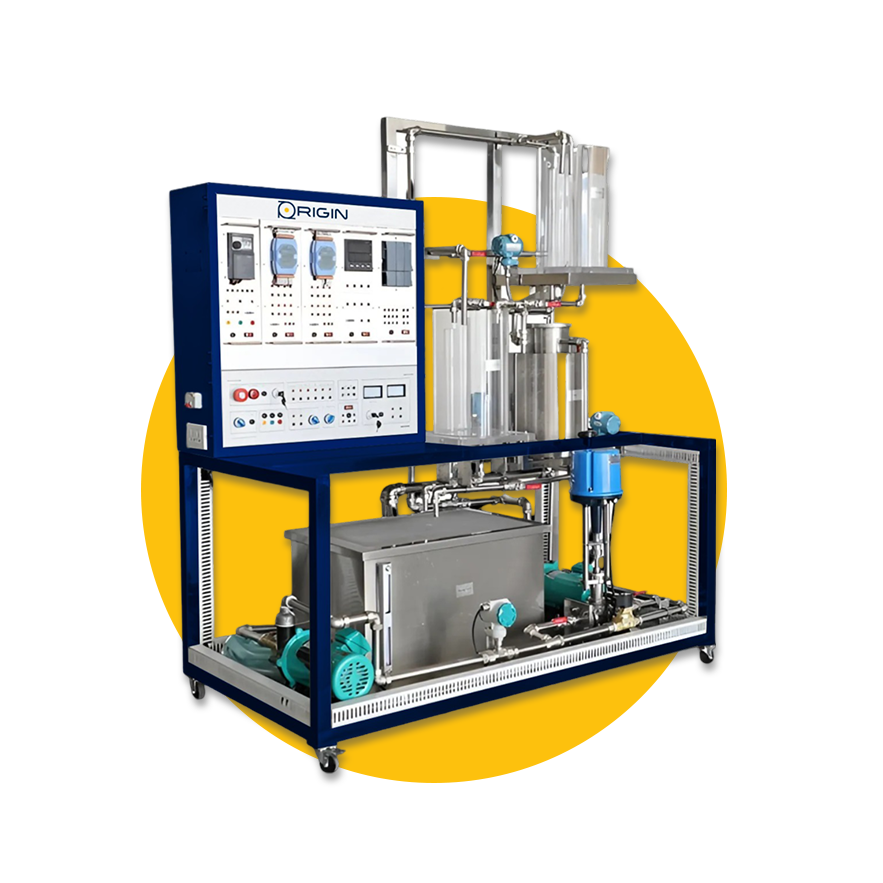
Multi measurements workbench
Code : (EI-17)
Trainees can perform a variety of electrical measurements in one place using this workbench.
By connecting various devices to the workbench, they will be able to measure current, voltage, and display the corresponding waveforms.
The bench is user-friendly and offers essential measurements for any electrical lab.
